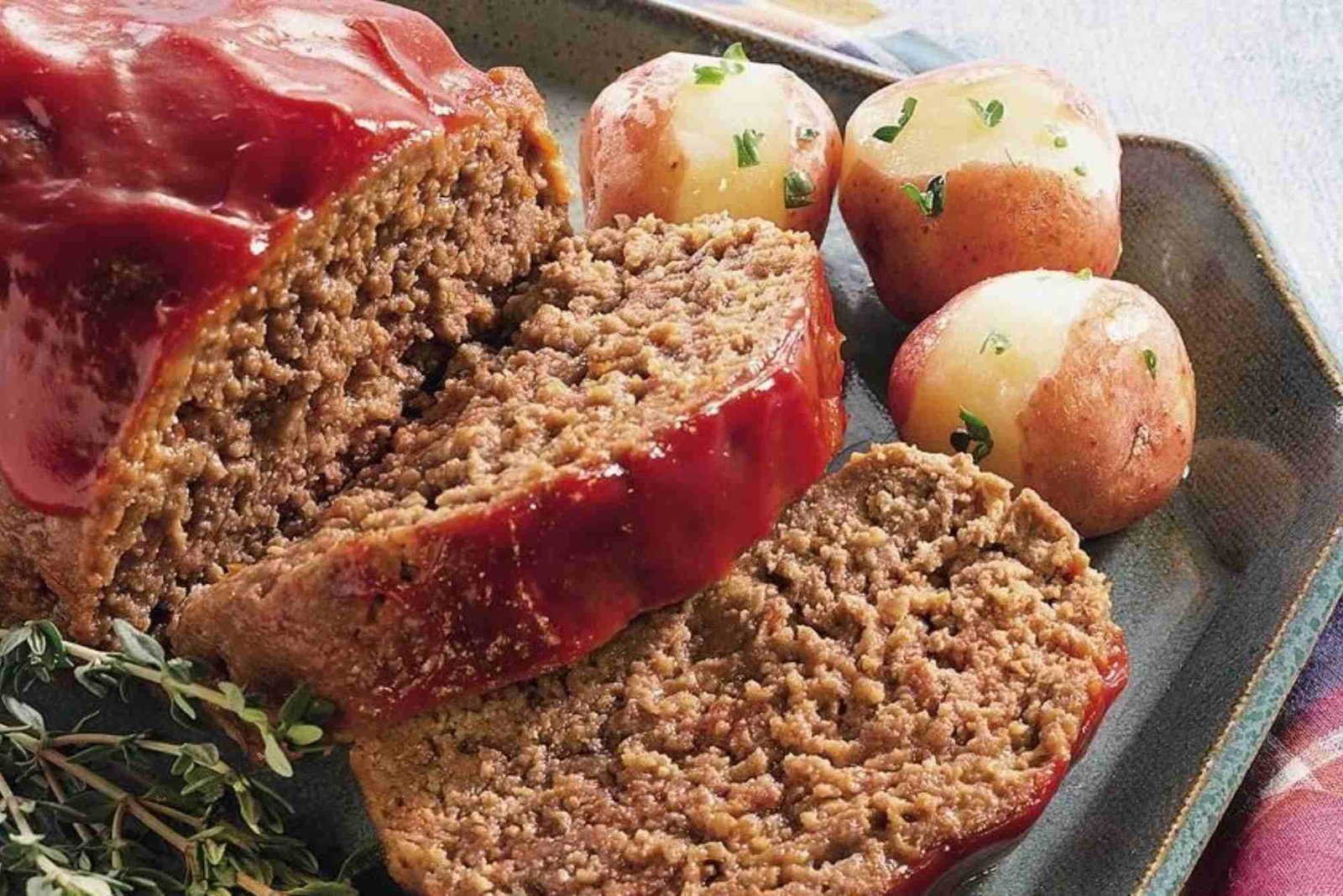Meatloaf is more than just a comfort food; it’s a timeless dish that brings warmth, flavor, and satisfaction to any table. While many have tried making meatloaf, achieving the perfect balance of moistness, flavor, and texture can feel elusive. This guide, The Complete Guide to Perfect Meatloaf, will walk you through every step to master this classic dish and impress both family and friends.
Understanding the Basics of Meatloaf
Before diving into recipes and techniques, it’s essential to understand the fundamentals of meatloaf. At its core, meatloaf is a mixture of ground meats, seasonings, and binding agents baked into a cohesive loaf. The right balance of ingredients ensures a tender and flavorful outcome.
Choosing the Right Meat
Selecting the proper meat is the first critical step. Ground beef is the classic choice, but blending beef with pork or veal enhances richness and moisture. Avoid lean meats exclusively, as they can dry out during baking. Adding a small amount of fat ensures the meatloaf remains juicy without being greasy.
The Role of Binders
Binders like breadcrumbs, oats, or crushed crackers help hold the meat together while absorbing moisture. Eggs are another crucial binder, giving structure and stability to your loaf. For a softer texture, milk-soaked breadcrumbs create a tender crumb that melts in your mouth.
Seasoning Matters
Flavor is everything in a great meatloaf. Salt, pepper, garlic, onions, and herbs create a depth that transforms a simple loaf into a memorable meal. For a subtle tang, Worcestershire sauce or mustard can be incorporated, enriching the taste without overpowering it.
Preparing the Perfect Meatloaf Mixture
Once the ingredients are chosen, mixing becomes the next critical step. Overmixing can make the loaf dense, while under-mixing may result in uneven seasoning. Gently combine the ingredients until just incorporated.
Incorporating Vegetables
Finely chopped vegetables like carrots, celery, or bell peppers add texture and nutrients. Sauteing them lightly before mixing prevents excess moisture, which could make the loaf soggy. This step is particularly valuable for those who want to increase vegetable intake without compromising flavor.
Balancing Moisture
The trick to a juicy meatloaf lies in moisture balance. Ingredients like milk, ketchup, or tomato paste add moisture while enhancing flavor. Pay attention to ratios; too much liquid can cause the loaf to collapse, while too little leads to dryness.
Baking Techniques for a Perfect Loaf
Baking is where precision meets patience. Choosing the right temperature and pan ensures even cooking and a moist interior.
Oven Temperature and Timing
A moderate oven around 350°F allows slow cooking, preventing the exterior from burning while the interior reaches the ideal temperature. Internal temperature should reach 160°F to ensure doneness without drying out. Using a meat thermometer is highly recommended for consistent results.
Topping and Glazing
A glaze on top enhances both flavor and appearance. Classic ketchup, barbecue sauce, or a mixture of tomato paste and brown sugar create a caramelized crust that contrasts beautifully with the tender interior. Applying the glaze halfway through baking prevents burning while allowing a sticky, flavorful finish.
Resting Before Serving
Allow the meatloaf to rest for 10–15 minutes after removing it from the oven. Resting lets juices redistribute, ensuring every slice is moist and flavorful. Cutting too soon often leads to a dry, crumbly texture that no glaze can fix.
Serving and Pairing Ideas
Meatloaf pairs wonderfully with classic sides like mashed potatoes, roasted vegetables, or green beans. For a modern twist, serve with a light salad or grain-based sides to balance richness. Consider drizzling pan juices over each slice for added flavor.
Leftover Magic
Leftovers can be transformed into sandwiches, sliders, or even crumbled into pasta dishes. Properly stored in an airtight container, meatloaf lasts up to four days in the refrigerator, retaining flavor and moisture for multiple meals.
Expert Tips for Perfect Meatloaf Every Time
Experienced cooks often rely on subtle techniques that elevate meatloaf from ordinary to extraordinary. Using a loaf pan ensures uniform shape and even cooking, while adding a small amount of acid, such as vinegar or tomato paste, brightens the flavor. Gently pressing the mixture into the pan rather than compacting it tightly prevents dense, heavy results.
Troubleshooting Common Issues
Common pitfalls include dry texture, falling apart slices, or uneven cooking. Dryness usually results from overcooked meat or insufficient fat content, while crumbly slices often indicate a lack of proper binder. Uneven cooking can be corrected by shaping the loaf consistently and monitoring oven temperature carefully.
Customizing Your Meatloaf
Meatloaf is versatile. Swap meats, experiment with seasonings, or add cheeses to suit your taste. Italian-inspired versions include parmesan and oregano, while a southwestern twist might feature chili powder and corn. Each variation offers a new experience while maintaining the essence of this beloved dish.
Frequently Asked Questions
What is the secret to a moist meatloaf?
Moisture balance is key. Use a blend of meats with some fat, soak breadcrumbs in milk, and avoid overmixing.
Can I make meatloaf ahead of time?
Yes, you can prepare the mixture a day in advance and refrigerate. Glaze just before baking for best results.
How do I prevent meatloaf from falling apart?
Binders like eggs and breadcrumbs provide structure. Avoid overmixing and ensure even shaping in the pan.
Is meatloaf healthy?
By choosing lean meats and incorporating vegetables, meatloaf can be a balanced, nutrient-rich meal.
Can meatloaf be frozen?
Absolutely. Freeze fully cooled meatloaf in airtight packaging for up to three months. Reheat gently to maintain moisture.
Mastering meatloaf may seem challenging, but with attention to ingredients, technique, and baking methods, anyone can achieve perfection. From selecting the right meats and binders to glazing and resting, each step contributes to a tender, flavorful loaf. Whether served for a family dinner or a special occasion, the right meatloaf impresses every time.
Take the next step in your culinary journey with The Complete Guide to Perfect Meatloaf and discover more tips and inspiration from this Related Food article. For more details on ingredients and techniques, explore additional resources to elevate your cooking skills.








